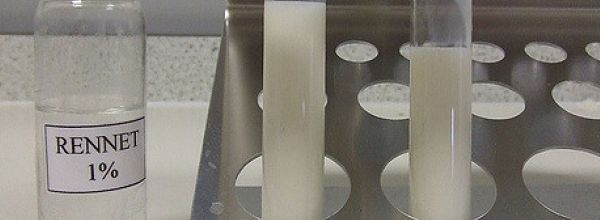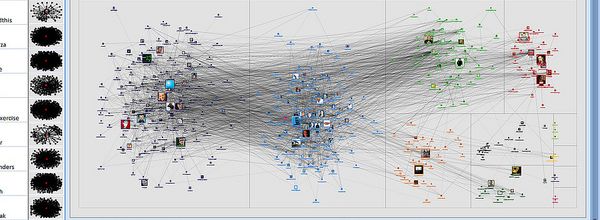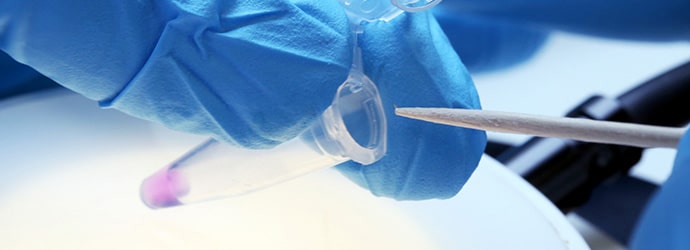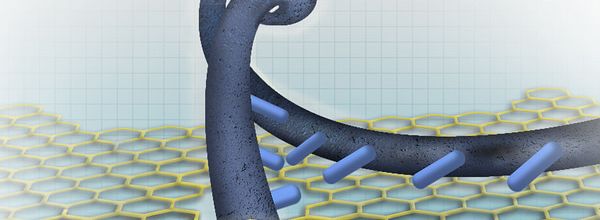An Introduction to In-Gel Zymography
Enzymes are special among proteins. It is not enough to detect them. You need to know their activity level. If you have devoted a substantial part of your research to studying proteases, like I did, you’ll know how crucial it is to choose an appropriate enzyme assay. There’s a heap of lab techniques out there…




























